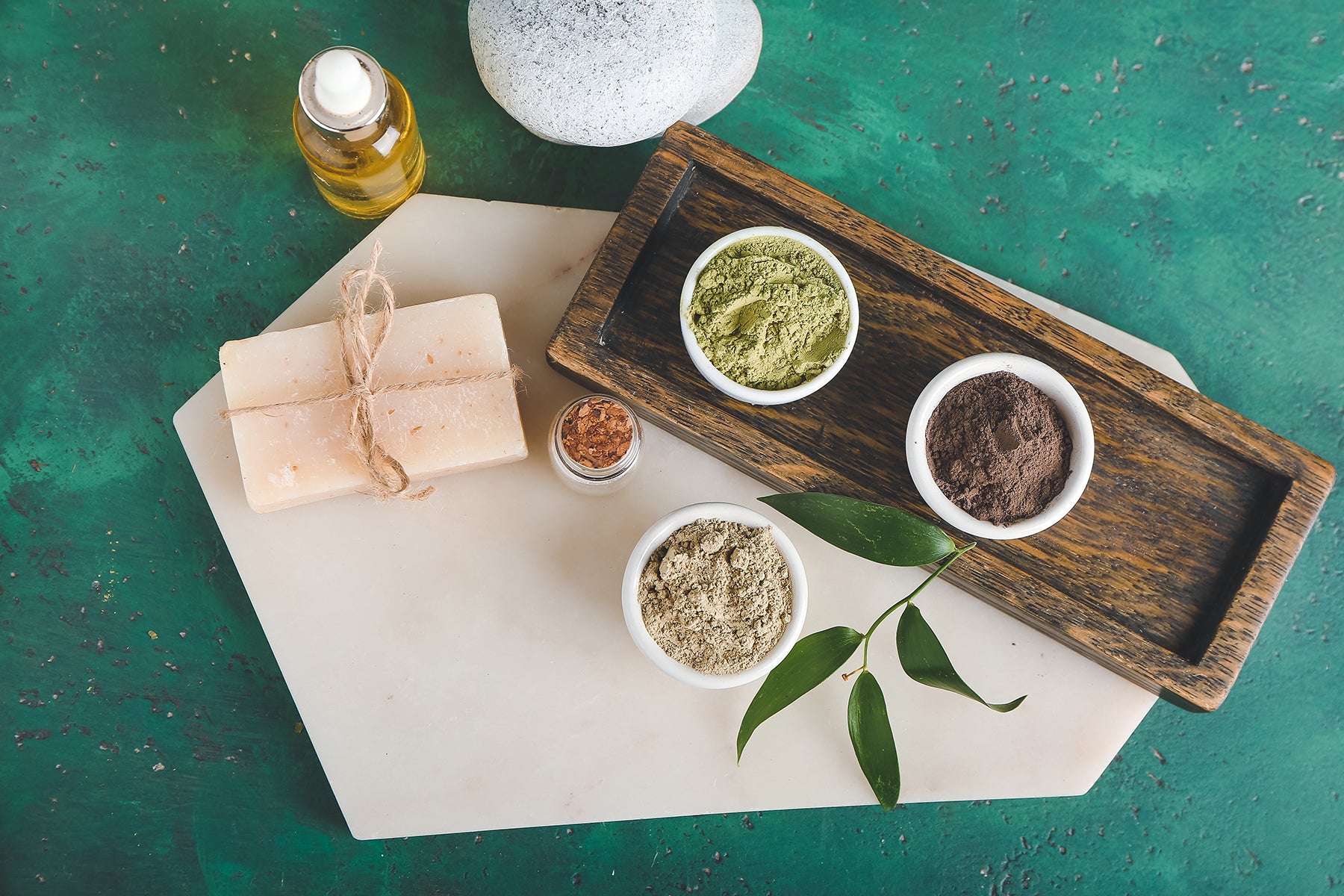
Henna: History, Origin & Use
History and Cultural Importance of Henna
In Hindi and Urdu, the art of henna is known as mehndi. It has been practised for over 5000 years in the Indian subcontinent, Africa, and the Middle East. It was originally used to provide natural cooling to people living in hot desert climates.
To obtain a cooling effect, they would make a paste of the crushed dried leaves of the henna plant and soak their palms and soles in it. The cooling sensation lasted as long as the henna stain was on their skin. Initially, as the stain faded, it left patterns on the surface of the skin, giving rise to ideas for designing designs for decorative purposes. Even mummies wore henna designs in ancient Egypt, and it is said that Cleopatra herself used henna for decorative purposes.
The Henna Plant

Henna (Lawsonia inermis, commonly known as hina, mehndi, henna tree, mignonette tree, Egyptian privet) is a flowering plant that grows 12–15 feet tall and comes from the unique species of the genus Lawsonia. The Arabic term (al-inn) is the source of the English word "henna." Henna also refers to the dye from the henna plant, as well as the practise of temporary tattooing with these dyes. Henna has been used to dye skin, hair, and nails, as well as materials such as silk, wool, and leather, for a long time.
In the Roman Empire, Iberian Convent, and Ancient Egypt, as well as in other parts of North Africa, the Horn of Africa, the Arabian Peninsula, the Near East, and South Asia, henna was used for cosmetic purposes. It is also widespread in other warm climates, such as India, Pakistan, and Australia.
The henna plant contains Lawone, a reddish orange dye that safely colours our skin and hair by binding to the keratin (a protein) in our skin and hair. Depending on the quality of the henna and how effective it is on the skin, the stain can range from pale orange to deep crimson. Good henna from a hot, dry climate will stain even the darkest skin.
Henna for hair versus synthetic dyes
Henna is a natural permanent dye that is popular around the world due to its vibrant colour and various benefits for hair. Henna hair dye has been used to dye hair, beards, mustaches, and even animal hair for hundreds of years by both men and women.
It is a rapidly developing trend in the natural hair market, as it is a healthier option to the dangerous chemical dyes already available. Synthetic dyes harm the scalp and hair, while henna does the opposite.
It rejuvenates dry, dull, and damaged hair, making it stronger, shinier, and healthier. It is better for the hair if you apply it frequently. Synthetic dyes, on the other hand, have the potential to harm not only your hair, but your health as well. Another interesting truth about henna is that it can help people who are allergic to synthetic hair dye.
The Advantages of Henna for the Hair

- It gives your hair an orange to rich red colour and, when combined with other herbs, can give you a variety of other colour variations ranging from blonde to light red to black.
- By strengthening the hair, it helps prevent breakage and split ends. It helps in preventing hair loss and thinning hair.
- It conditions hair and adds shine and luminosity to hair. It revitalises dry, dull, and damaged hair by sealing and smoothing the cuticle.
- Its antifungal and antiparasitic properties keep lice at bay while preventing fungal infections on the scalp.
- It greatly softens the hair. If used on bleached hair, the hair may become straw-like due to the extra henna coating, which can make the hair stiffer after bleaching. The growth, on the other hand, will be quite smooth. However, using henna and indigo on white or chemically treated hair is strictly discouraged.
Important things to consider before coloring your hair with Henna or Indigo
Especially for those looking to dye and cover gray hair

- If you want to cover gray hair with Henna & índigo, Henna & 3x Índigo, or Índigo To achieve a dark brown or black color, you should be aware that this is a two-step process. To begin with, color your hair with Henna pure in the first phase, and then in the second phase, depending on the desired color, apply Henna and Indigo, Henna and 3x Indigo, or Indigo in the second phase.
- If these products (Henna and Indigo, Henna and 3x Indigo and Indigo) are applied directly to gray hair without first performing the first phase, it is very likely that your gray hair will turn green in color because the Indigo will not adhere properly to the gray hair.
- Indigo adheres to the keratin in our hair, but white hair lacks keratin, so white hair must first be dyed with pure henna in the first stage. Indigo will adhere perfectly to hair that was originally dyed with pure henna, giving you the shiny dark brown or black hair you desire.
How to use if you don't have gray hair

- If you want to color your hair but don't have gray hair, you can use these products as directed in the "how to use" section of each product. There is no need to use Henna, Henna & índigo, or Henna & 3x Índigo in a two-step process.
- However, if you want to achieve black hair tone, you should use Índigo and Henna in a two-step process, as instructed.
Other issues to consider before applying Henna
- Henna may not be for everyone, because not everything suits everyone. Before use, perform a patch test and consult a doctor.
- Henna is a hair dye that lasts a long time. Since it is not eliminated from the hair, the colour must be removed by growing it out. As a result, it will fade over time, making the colour lighter.
- Henna is a reddish-orange dye on its own, so it will colour hair red unless combined with other herbs such as Indigo and Amla.
- Depending on the chemicals in the coloring, using a synthetic dye over henna can be difficult. So, once you have the color, you may have to wait for your hair to grow out before using other colors. The natural herbal hair colours we offer, on the other hand, can be used over henna at any time without harming the hair.
In conclusion
Natural hair colours are not only good for your hair and scalp; they are also biodegradable and environmentally friendly. They are far superior to synthetic dyes, both in terms of health and the environment. The synthetic chemicals used to make artificial dyes are extremely dangerous to our earth and water supplies due to their non-biodegradable nature, so think how horrible they are for your hair!
As a result, please be careful about the substances you expose yourself to and the environment. Our organic Henna and Indigo products come from Rajasthan, India, which is known for making the best henna in the world.
In addition, 200 grammes of henna or indigo can be used to dye your hair at least two to four times, depending on the length of your hair, making it not only safe but also cost-effective compared to synthetic dyes.
To learn more about how to apply henna, please refer to the instructions for use on our product pages, and if you still have any questions about using our natural hair colour collection, please contact us. We will be happy to help you ♡
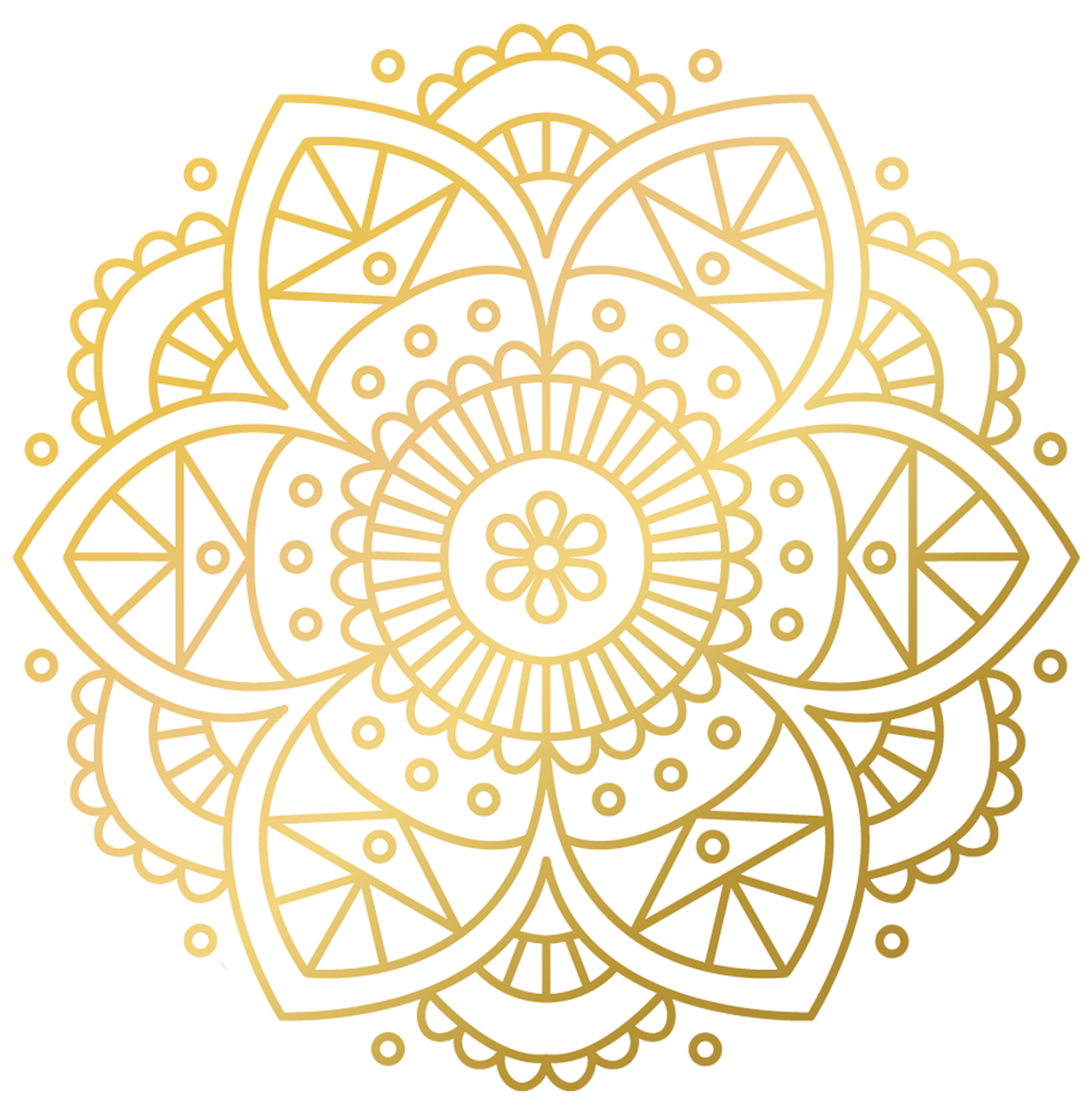
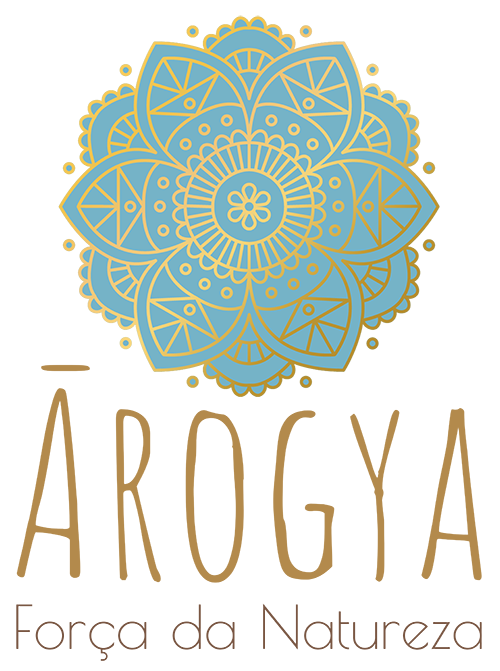
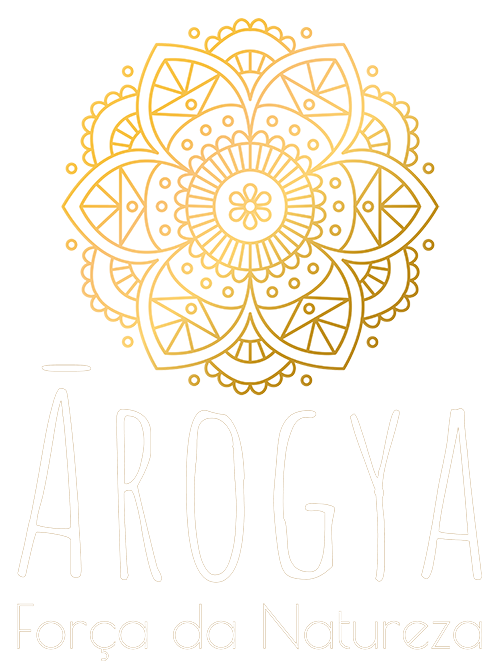
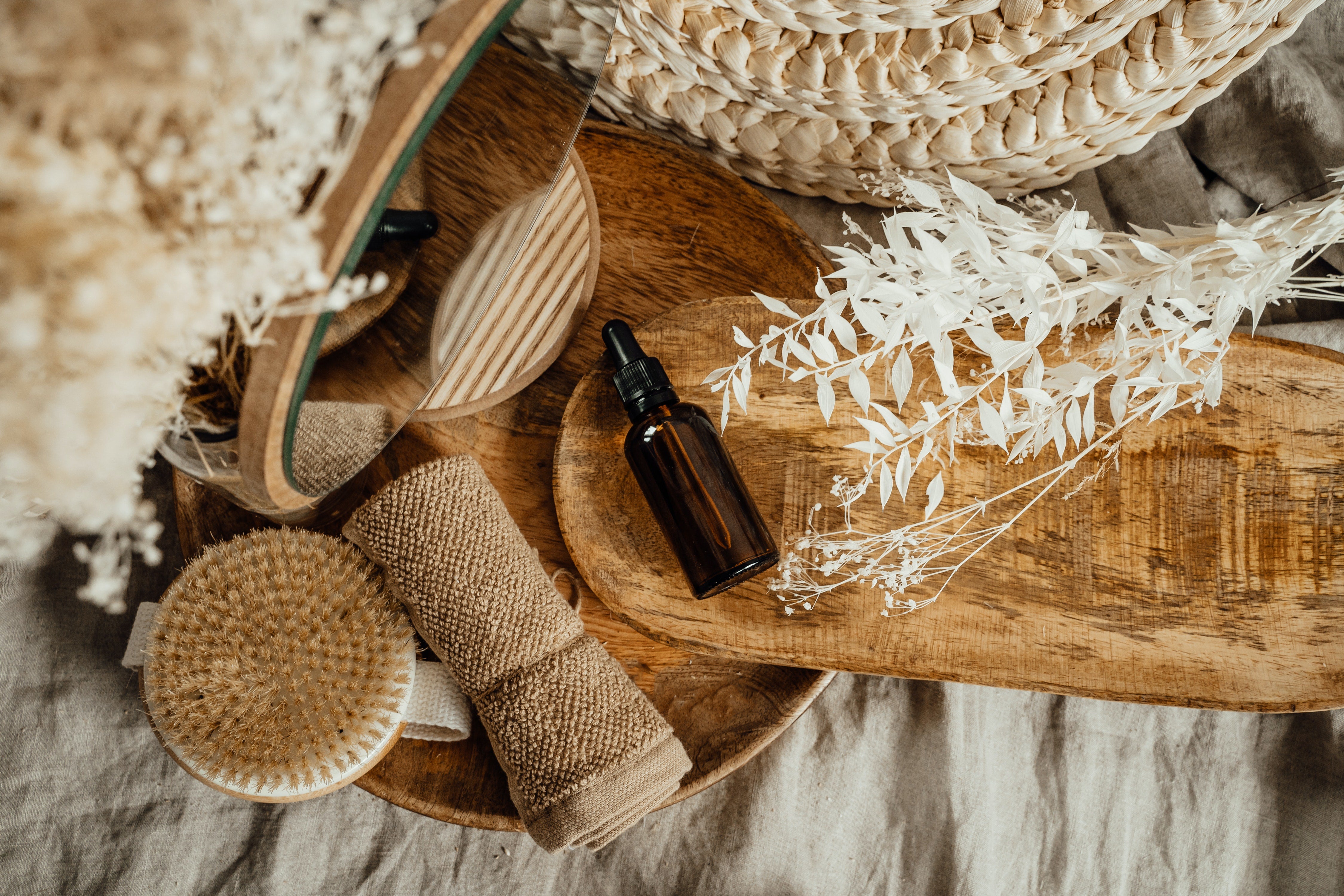
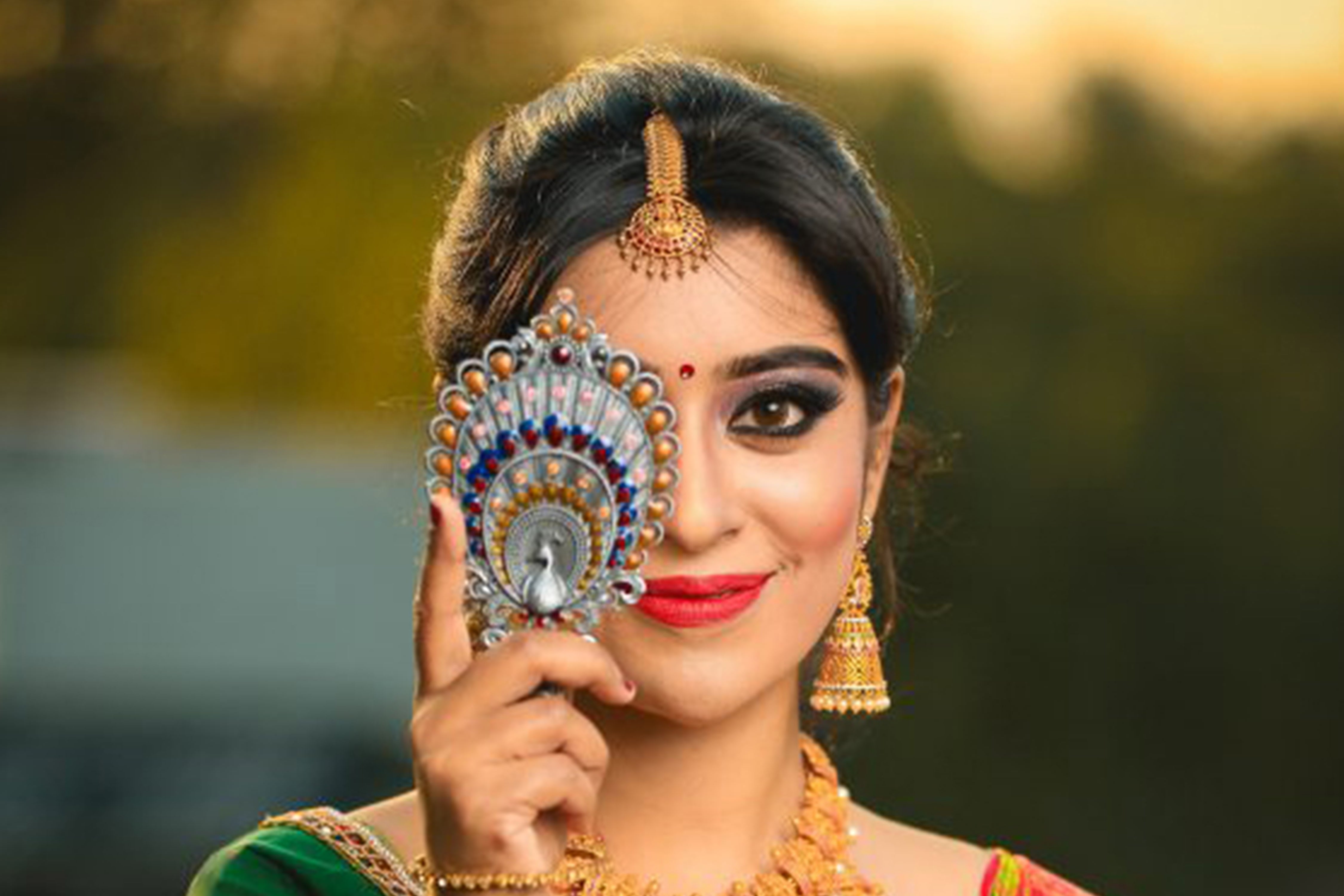
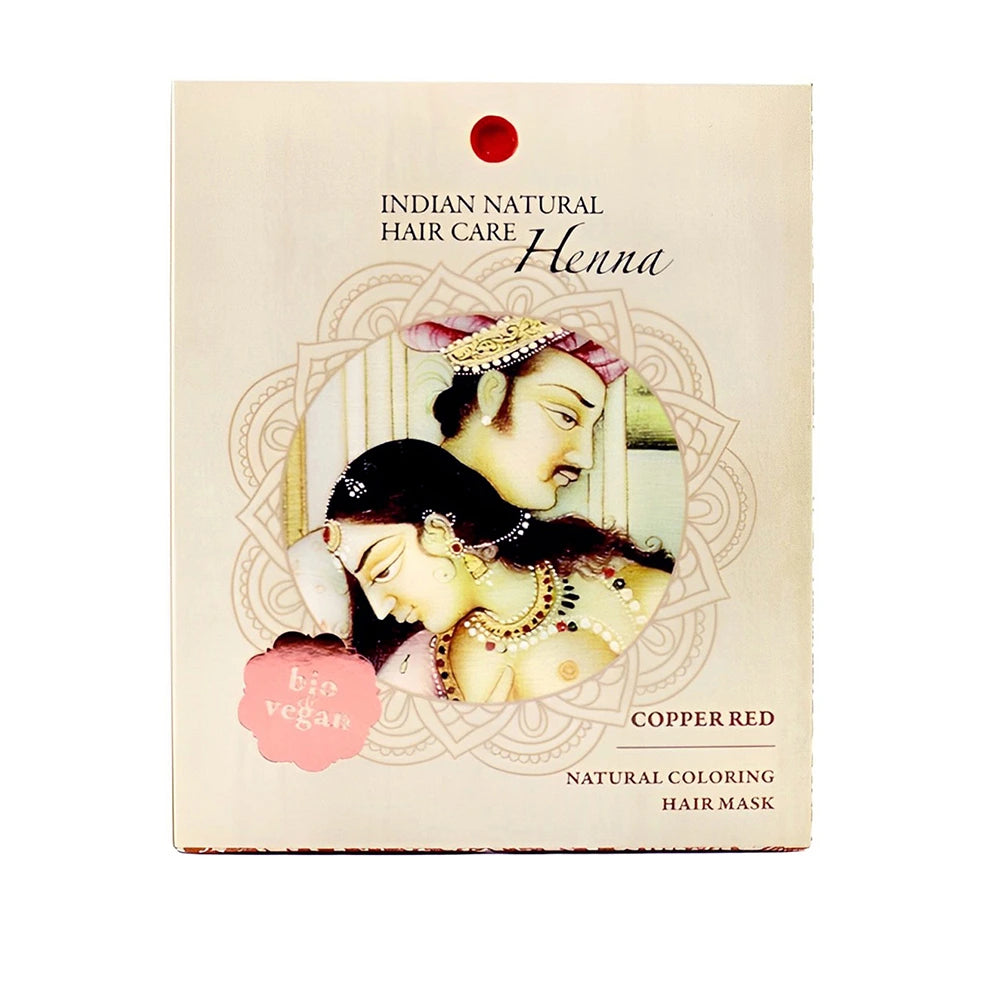
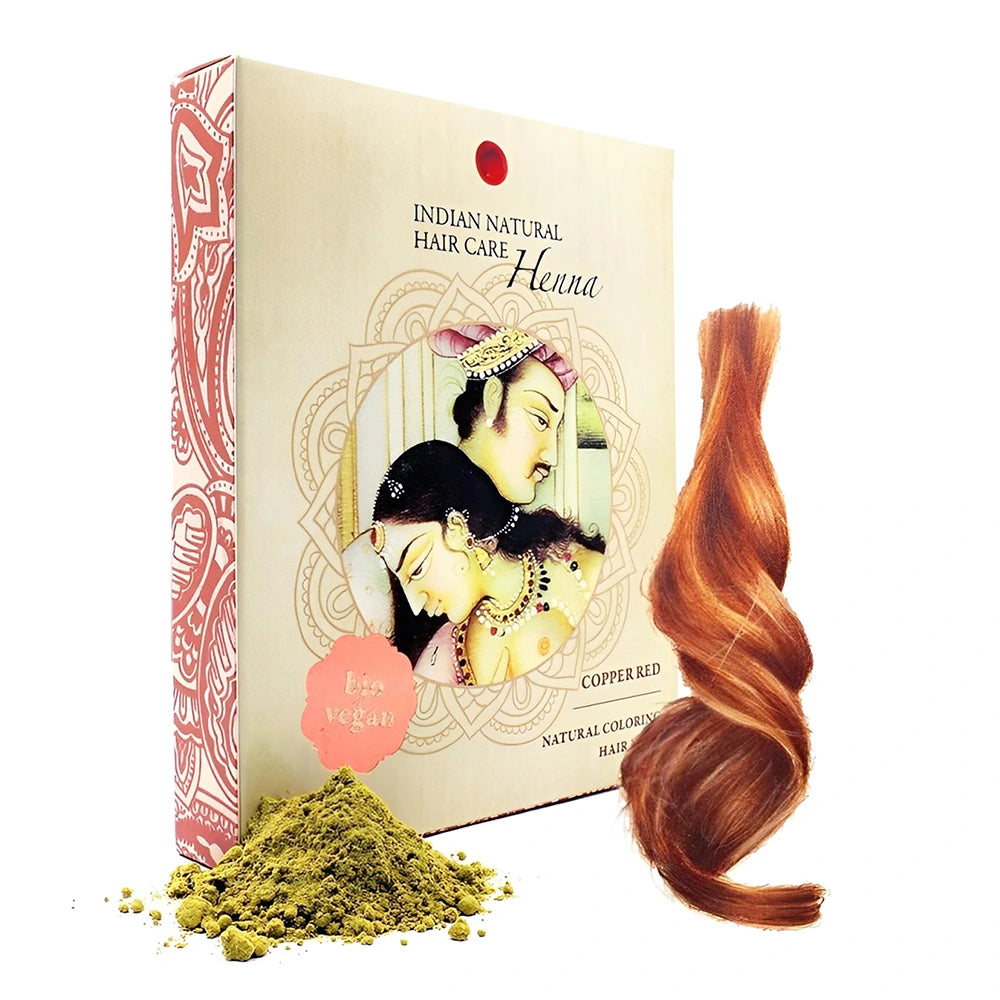
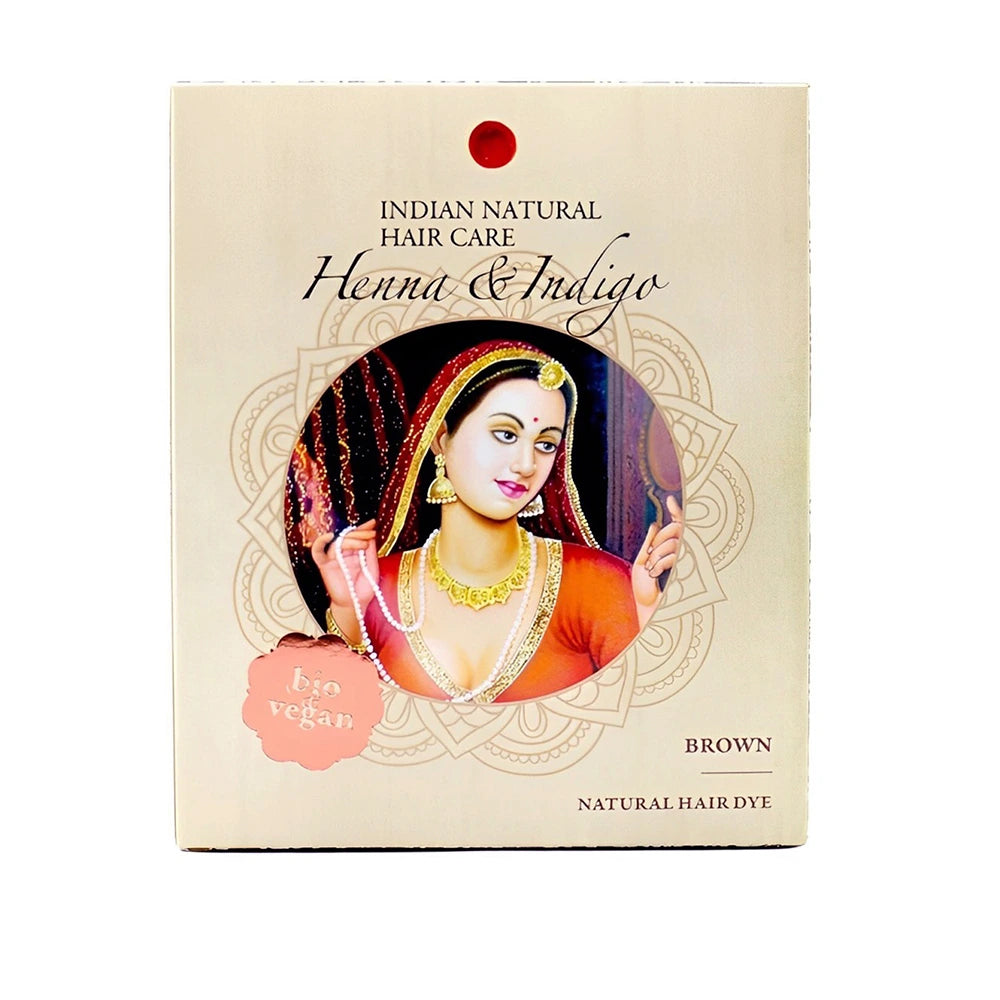
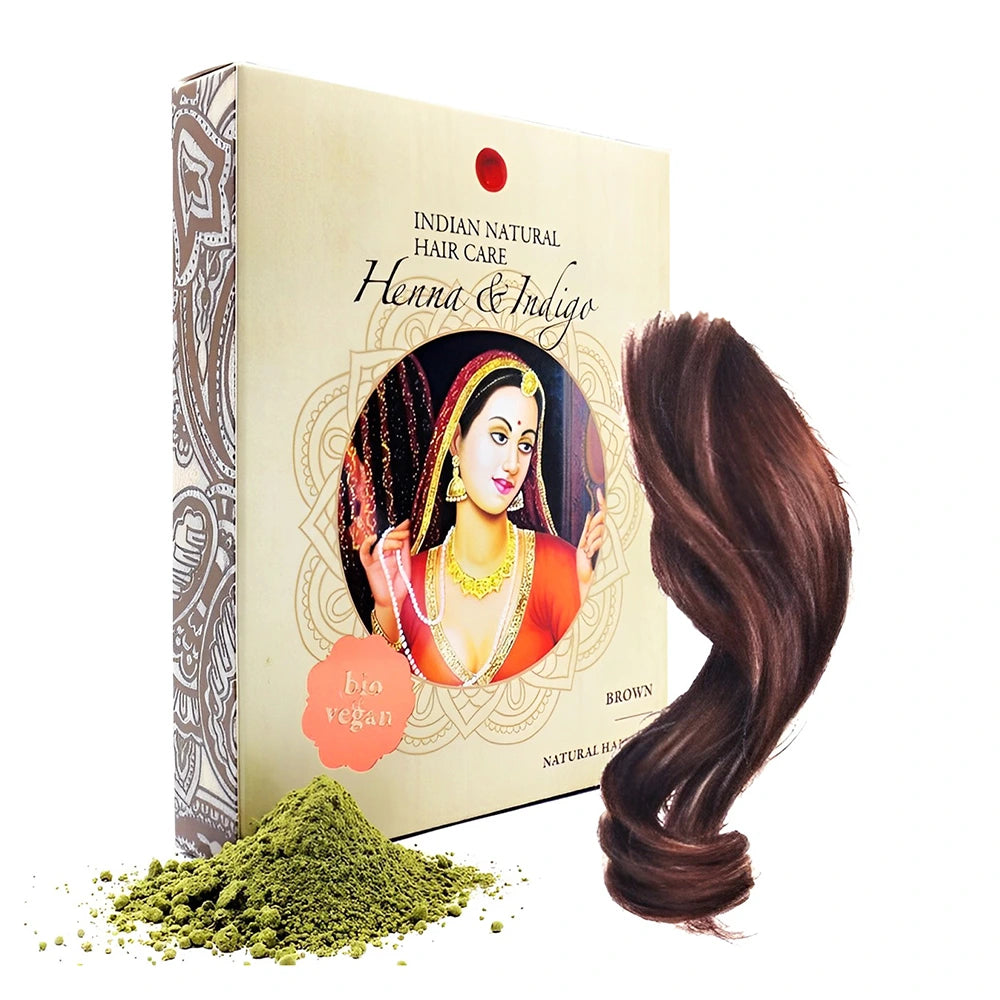
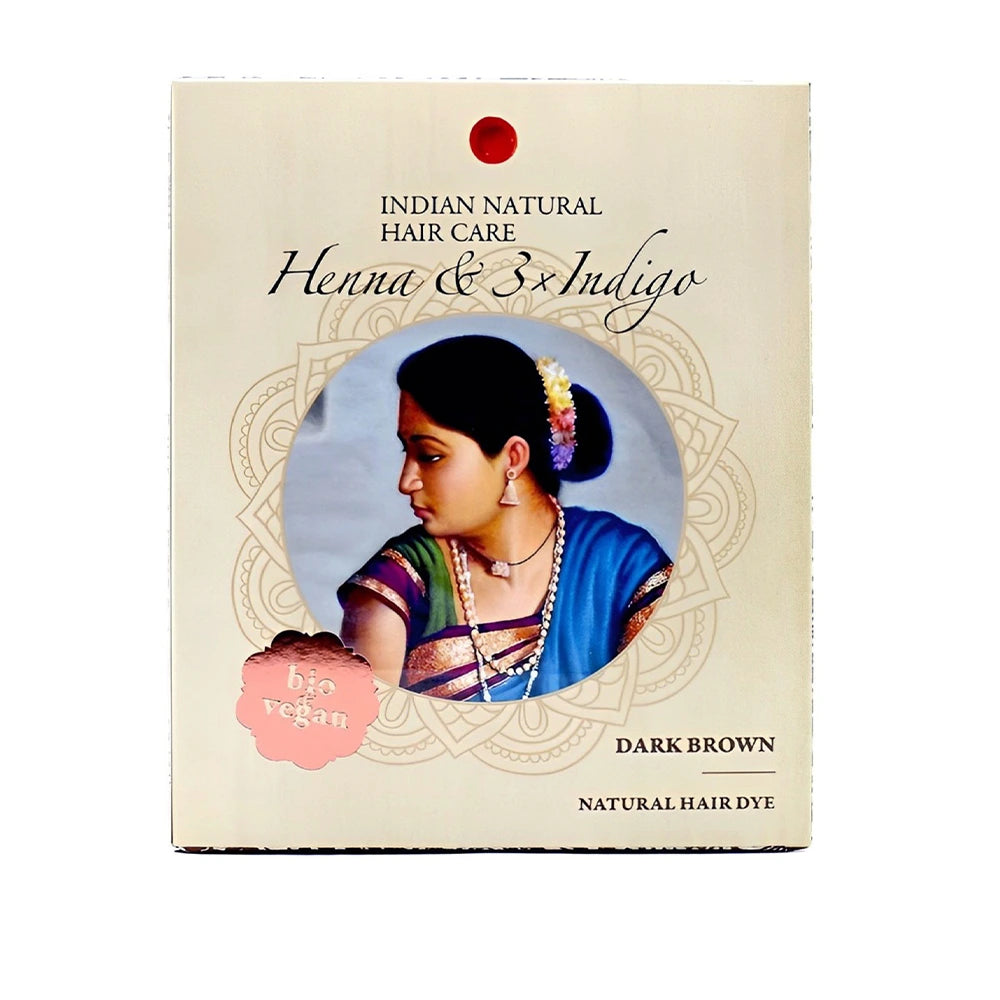
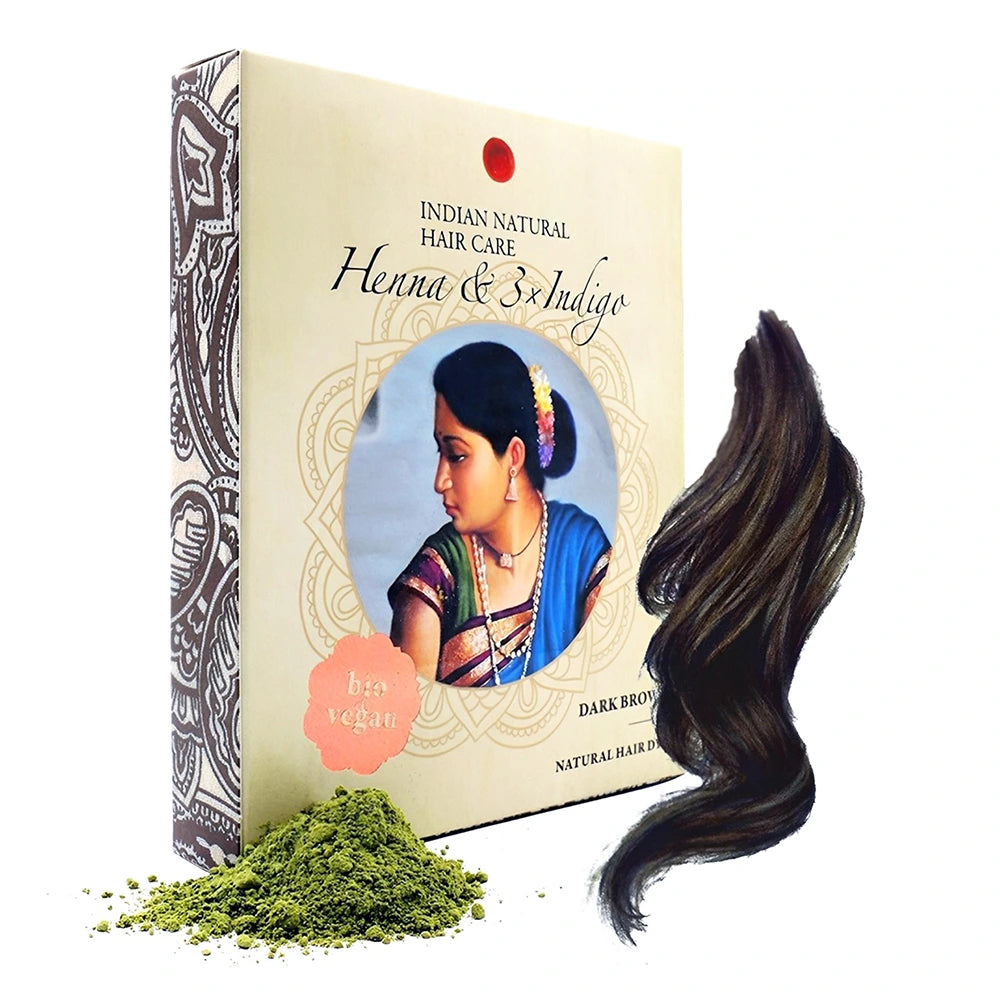
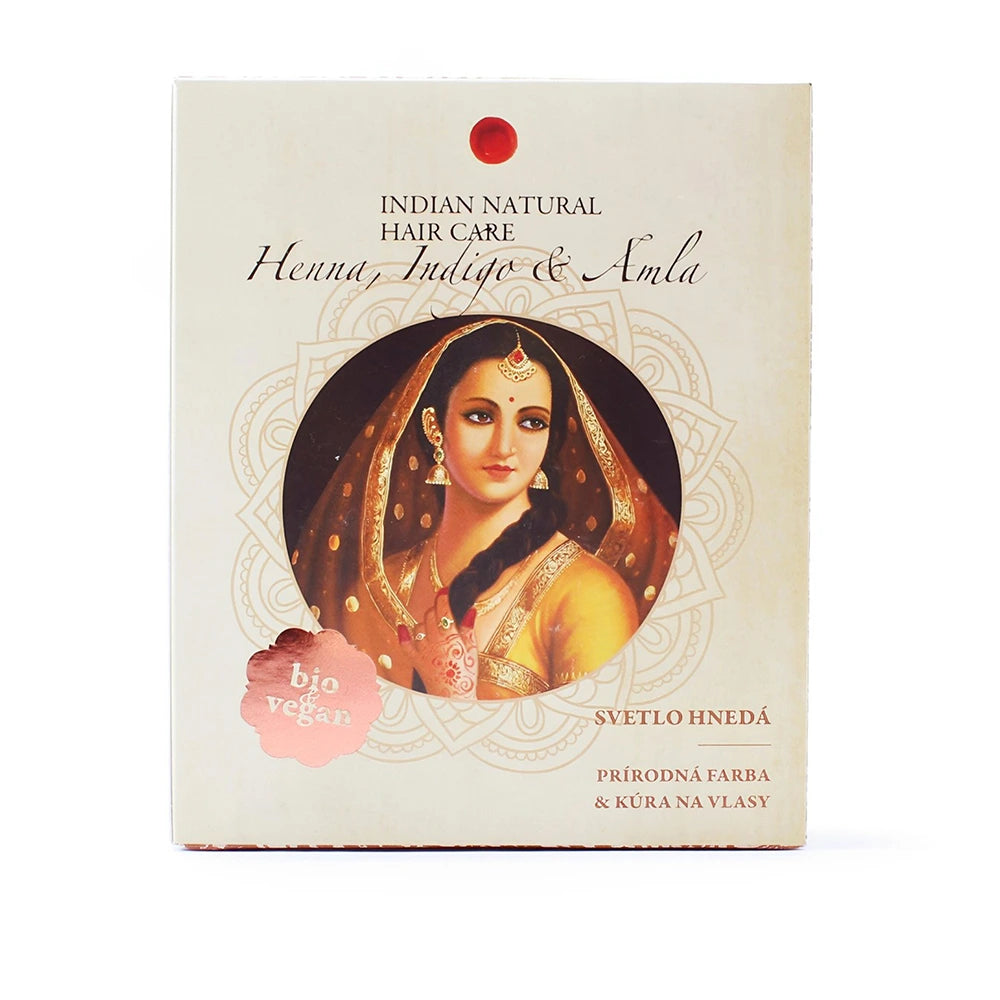
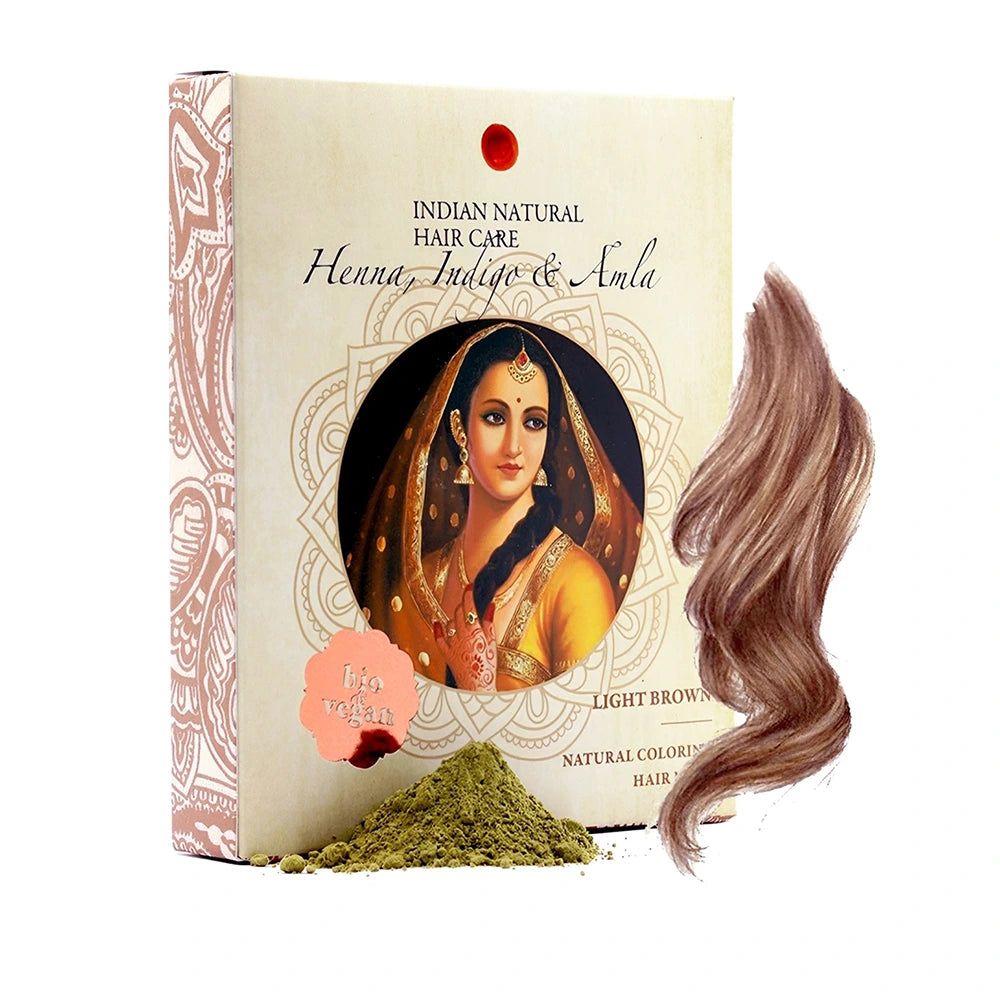
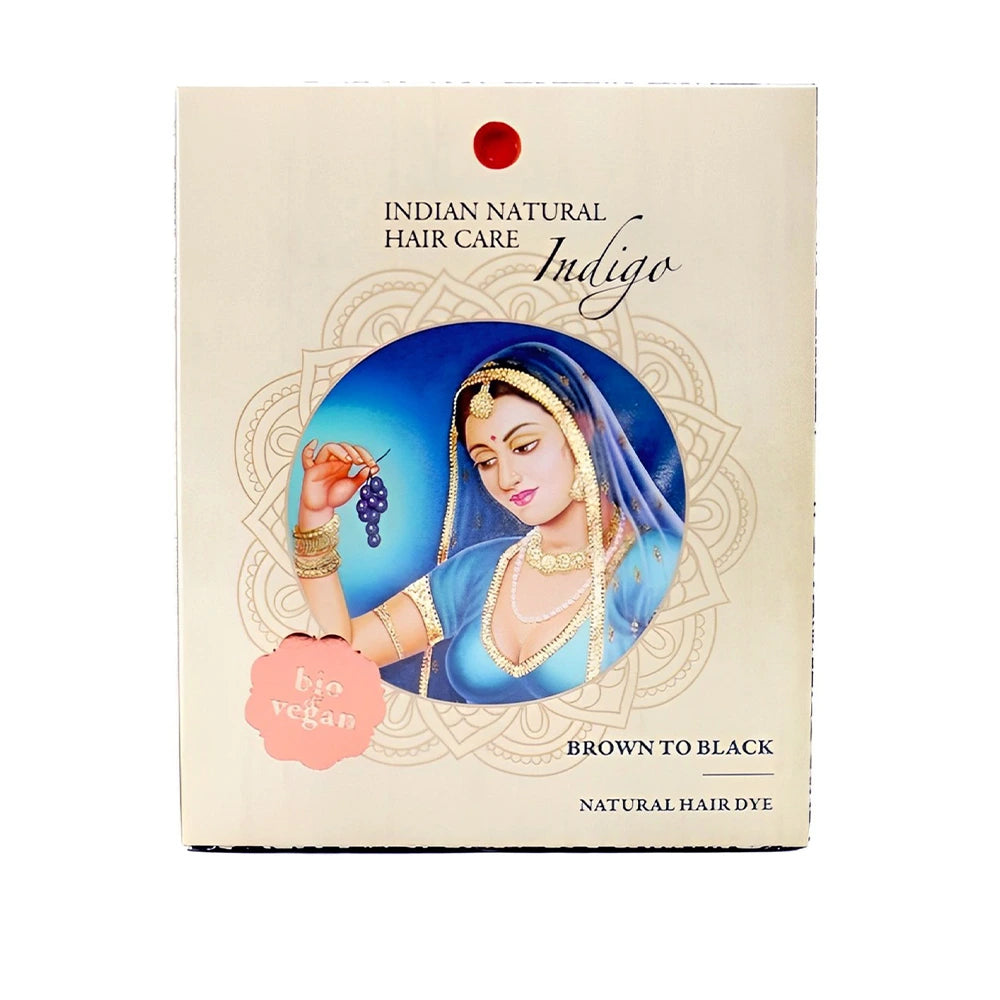
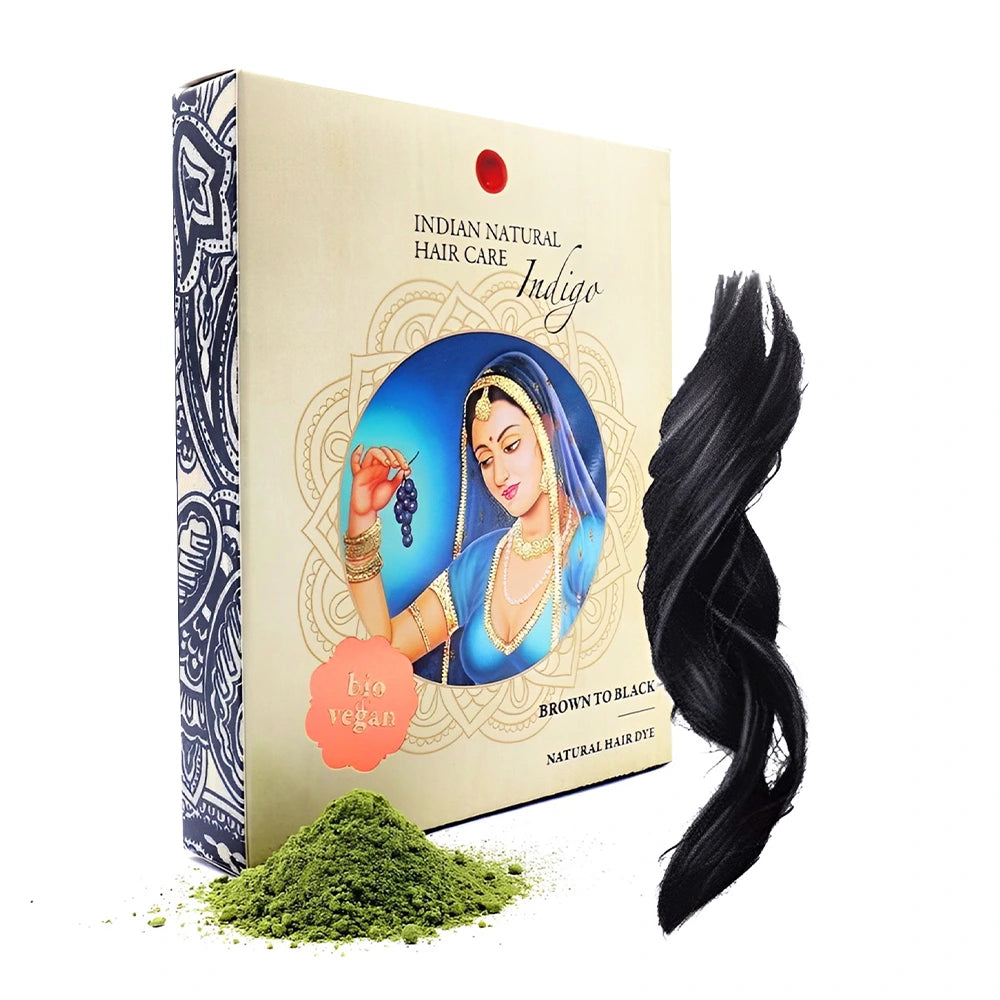
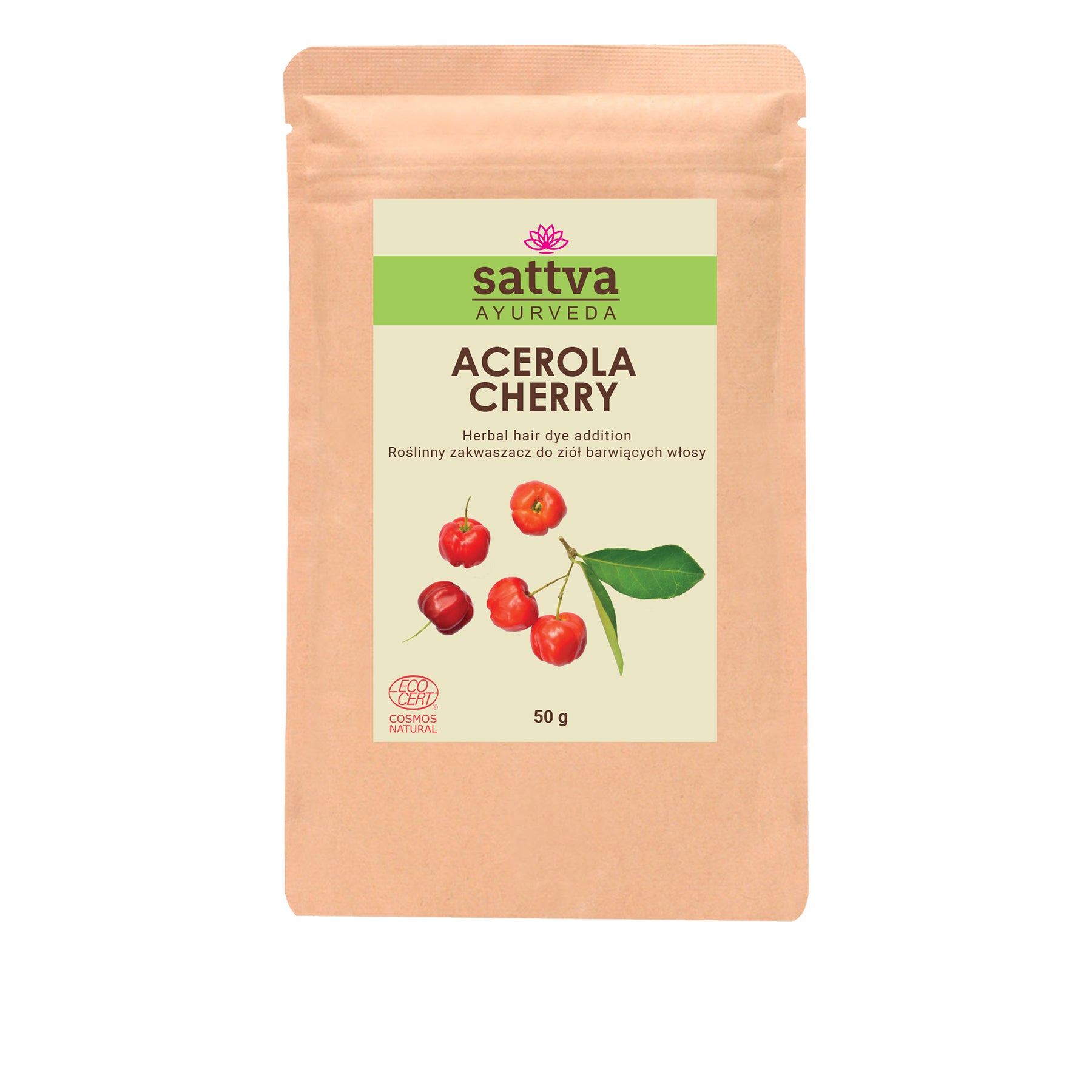
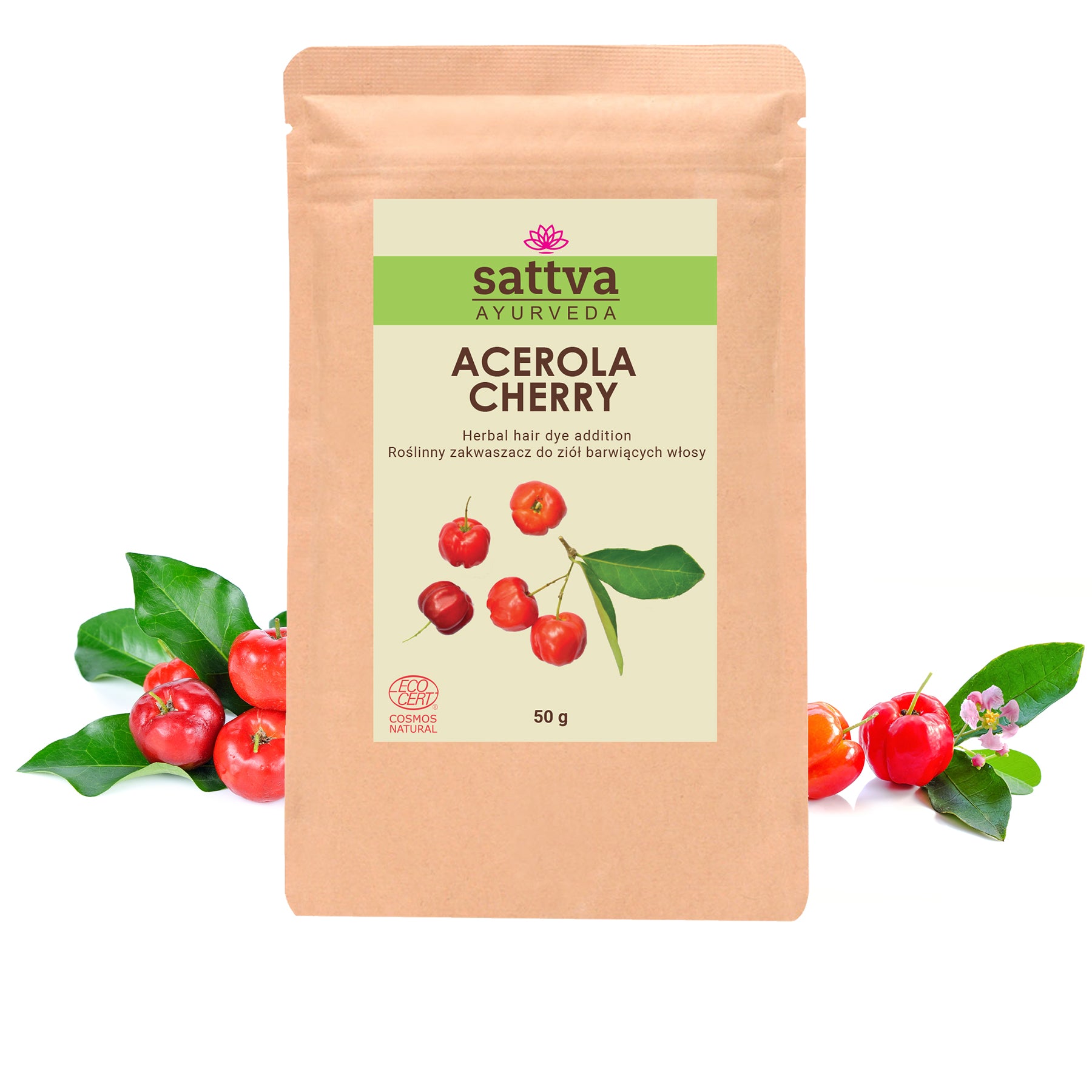
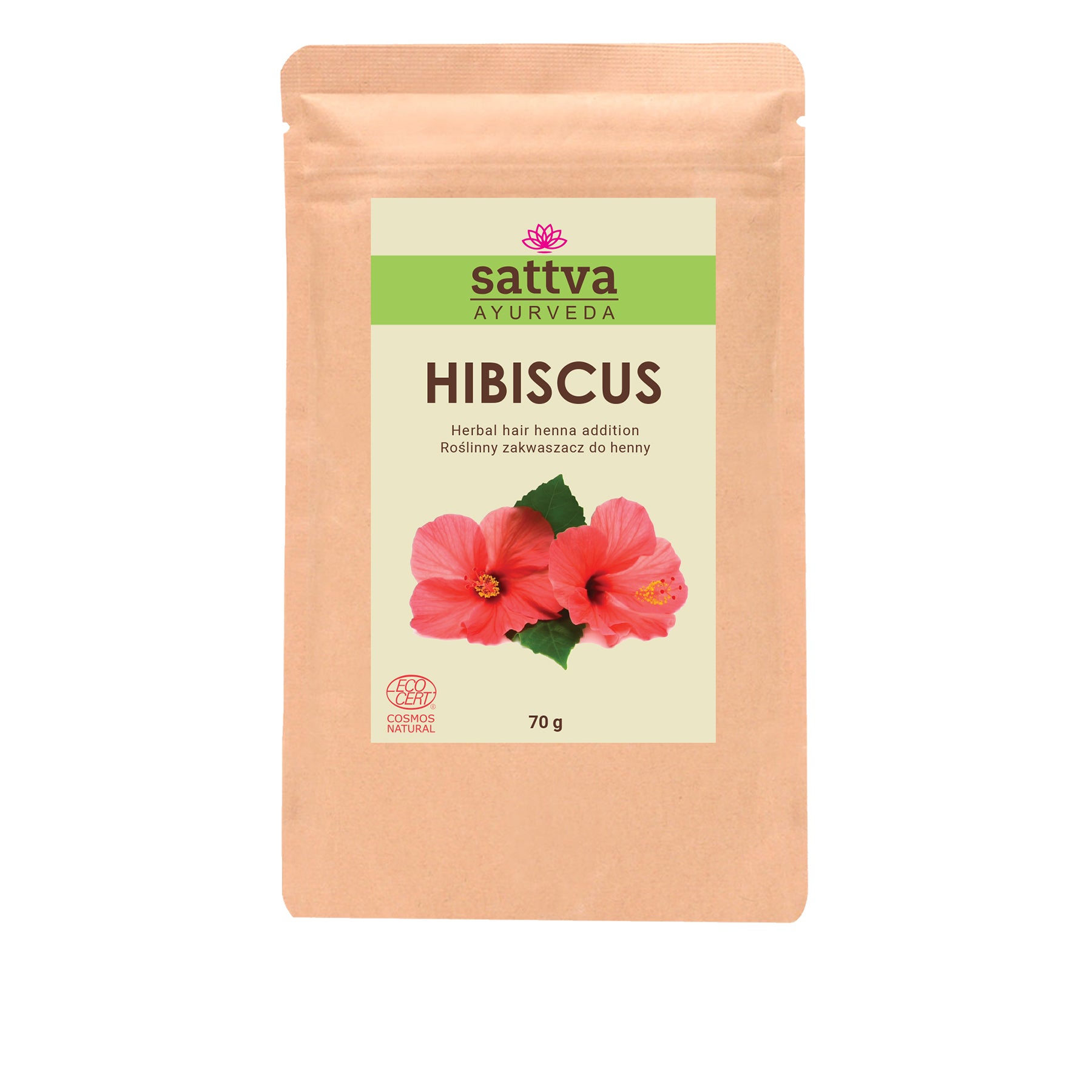
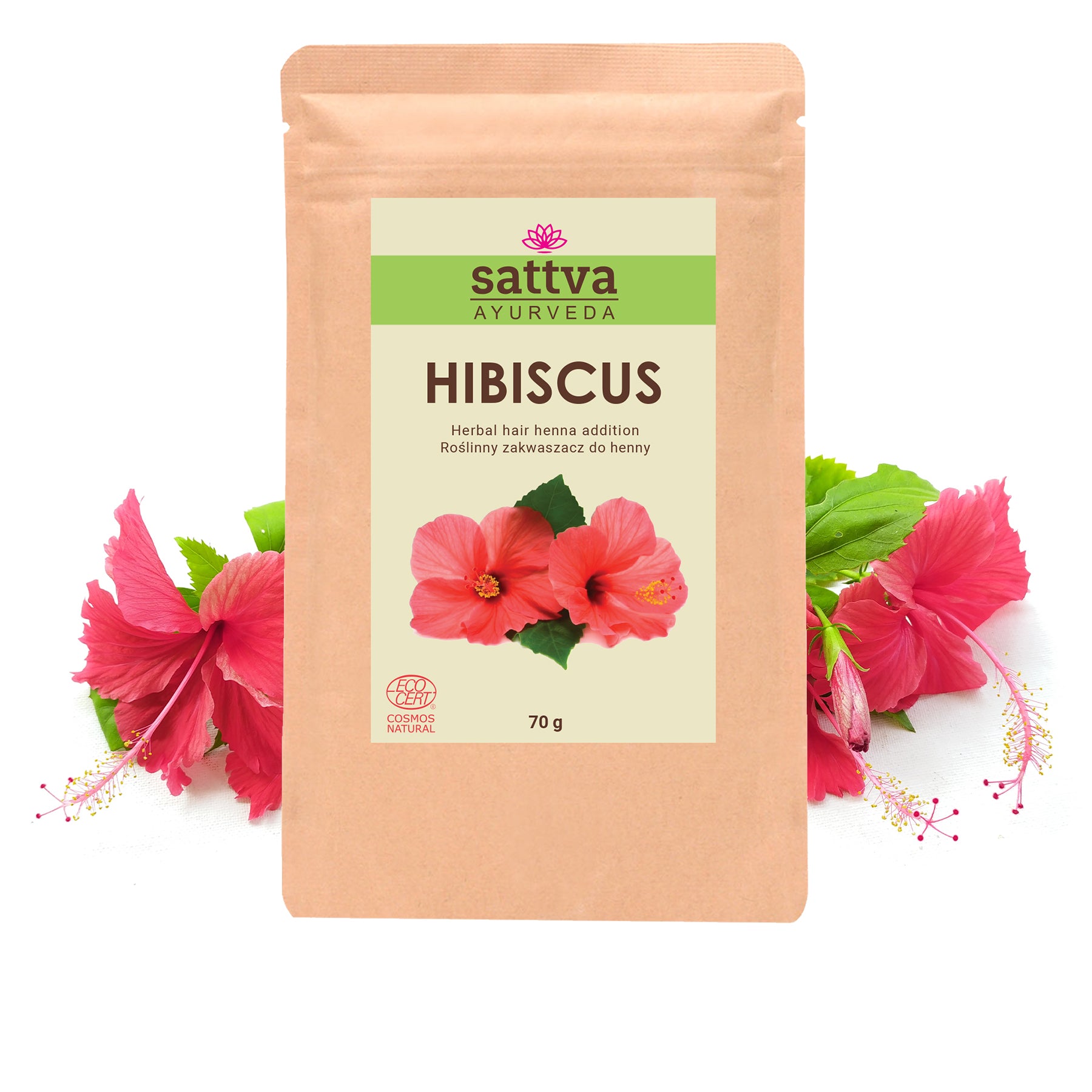
1 comment
ameii essa historia e importancia cultural da henna esta me ajudando muito no meu trabalho que eu stou falando da sobre a HENNA
NICOLE
Leave a comment
This site is protected by hCaptcha and the hCaptcha Privacy Policy and Terms of Service apply.